
A Fresh Perspective: Black Life Across U.S. Cities
UCLA’s Division of Social Sciences is full of amazing faculty,…

Tip Work: Examining the Relational Dynamics of Tipping beyond the Service Counter
By Eli R. Wilson, Assistant Professor of Sociology, University…
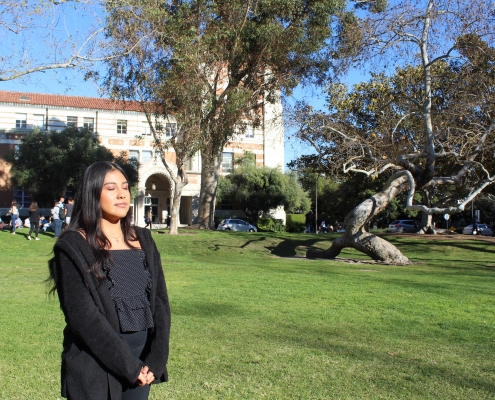
UCLA Spirituality, Mindfulness, Self-Care, & Social Justice Class: Q&A w/Prof. Victor Narro
By Institute for Research on Labor and Employment This…

A Ceremony to Honor UCLA Heroes
“…This was a collective effort. You know, this is not…
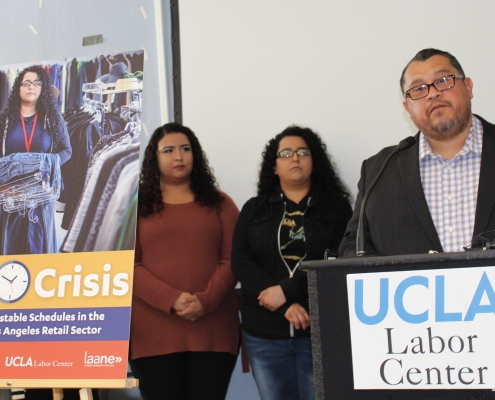
Workers in Retailing Fight for a Fair Schedule
On Saturday, March 2nd, the front page of the Business section…
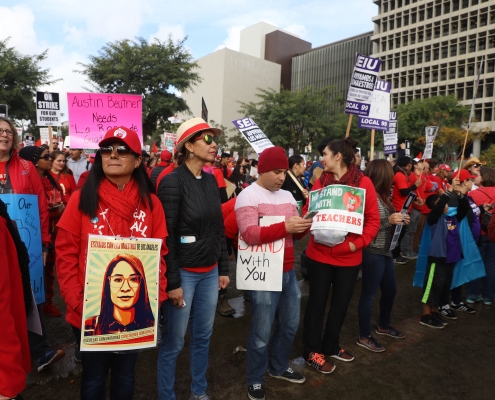
Bargaining for the Common Good: An Analysis of the Los Angeles Teachers’ Strike
By Betty Hung, Staff Director, and Kent Wong, Director, UCLA…

UCLA Lecturer Works as Lead Attorney on Texas Voter Purge Case
These last two weeks, a court in San Antonio, Texas has taken…
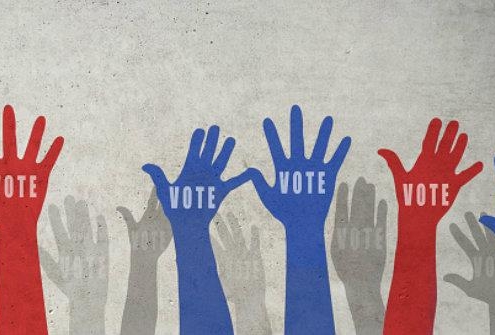
Testimony on Voting Rights Issues
The U.S. House Committee on Administration was authorized…

Growing Up Bilingual in Multilingual Los Angeles
By Lilit Ghazaryan UCLA Graduate Student, Department of…
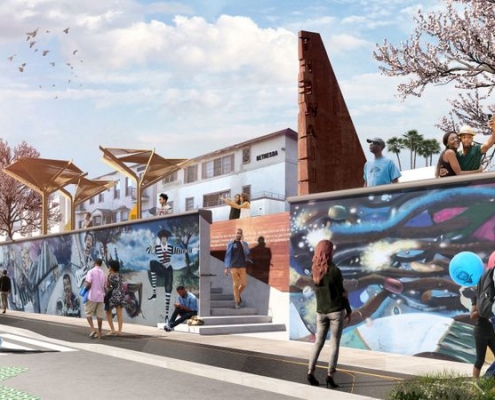
Engaging LA: UCLA and Destination Crenshaw
Los Angeles is known for many things, such as warm weather,…

